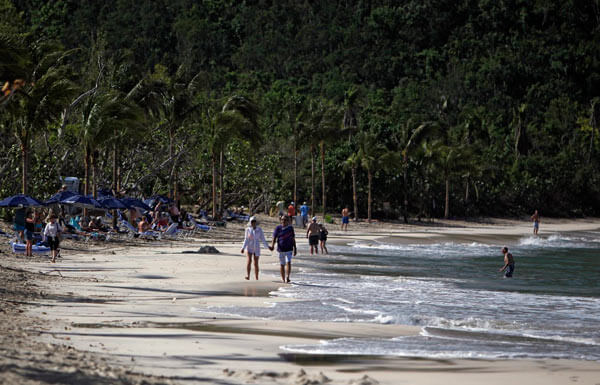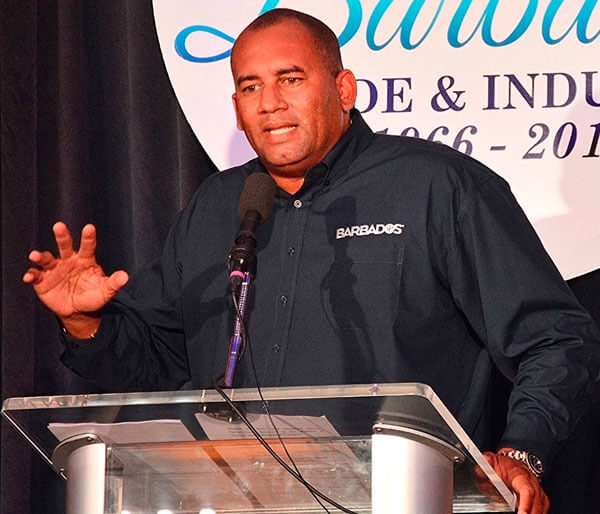The Barbados-based Caribbean Tourism Organization (CTO) says the catastrophic hurricanes that devastated some Caribbean destinations last September slowed down tourism’s progress but did not stop it.
Ryan Skeete, the CTO’s acting director of research, said on Thursday, at a news conference streamed to a global audience, that the Caribbean reached the 30 million-mark in stay-over arrivals for the first time ever last year, even as the region battled the effects of hurricanes Irma and Maria, as well as Hurricane Harvey, which lashed parts of the United States, the Caribbean’s primary market.
In addition, there was record spend by visitors, who contributed US$37 billion to Caribbean economies during the 12-month period, up 2.6 percent over 2016, Skeete said.
The tourism researcher said that stay-over arrivals were on track for a strong performance during the first-half of 2017, growing by an estimated 4.8 percent.
But he said growth was curtailed in the second half of the year by the storms, which were largely responsible for 1.7 percent drop between July and December.
“These outcomes resulted in an overall increase of 1.7 percent in 2017, making it the eighth consecutive year of growth, albeit slower than the average global growth rate of 6.7 percent,” Skeete said.
The CTO official said that strong economic performance in the main markets helped spur the region’s performance, with some destinations recording strong double-digit growth, although the hurricane-affected countries were down between seven per cent and 18 per cent.
The United States continued to be the primary market, growing by about 0.5 percent to reach an estimated 14.9 million visits to the region due mainly to solid economic growth, low unemployment and high consumer confidence; while the Canadian market rebounded strongly, recording a 4.3 percent increase in arrivals, compared to a decline of 3.1 percent in 2016, Skeete said.
However, he said it was the European market that recorded the strongest growth rate, increasing by 6.2 percent to 5.8 million visitors, with the United Kingdom up by 2.9 percent to 1.3 million.
Skeete said the increase in arrivals was not reflected in hotel occupancy, which fell by 1.2 percent, according to STR (formerly Smith Travel Research), a US company that tracks supply and demand data for the hotel industry.
However, Skeete said both average daily rate and revenue per available room recorded increases, though slightly.
“Notably, the hotel performance indicators excluded most of the hurricane-impacted destinations at this time, due to the disruption in operations caused by the hurricanes,” he said.
The cruise sector also set a new high of 27 million passengers, 2.4 percent higher than 2016, despite the hurricanes.
“The cruise passenger performance mirrors the performance of tourist arrivals, as it grew strongly by 4.6 percent in the first half of 2017, but contracted marginally — by 0.4 percent — in the second half of the year. Indeed, cruise passenger arrivals fell dramatically in September by some 20 per cent. However, growth resumed in October, which saw a two per cent increase,” Skeete said.
The CTO said the economic conditions are expected to be favorable for further growth in 2018, predicting growth of 2 to 3 percent in both stay-over and cruise arrivals.

























